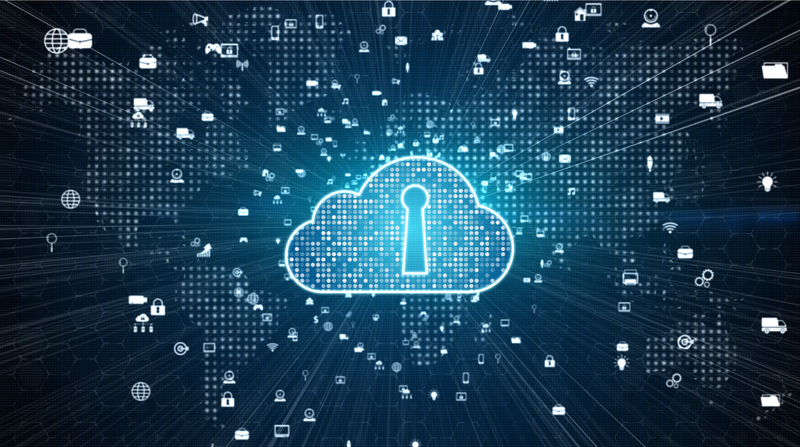Security Operations

One security platform
SIEM Defined
Security information and event management, SIEM for short, is a solution that helps organizations detect, analyze, and respond to security threats before they harm business operations.
SIEM, pronounced “sim,” combines both security information management (SIM) and security event management (SEM) into one security management system. SIEM technology collects event log data from a range of sources, identifies activity that deviates from the norm with real-time analysis, and takes appropriate action.
In short, SIEM gives organizations visibility into activity within their network so they can respond swiftly to potential cyberattacks and meet compliance requirements.
In the past decade, SIEM technology has evolved to make threat detection and incident response smarter and faster with artificial intelligence.
How do SIEM tools work?
SIEM tools collect, aggregate, and analyze volumes of data from an organization’s applications, devices, servers, and users in real-time so security teams can detect and block attacks. SIEM tools use predetermined rules to help security teams define threats and generate alerts.
SIEM capabilities and use cases
SIEM systems vary in their capabilities but generally offer these core functions:
• Log management: SIEM systems gather vast amounts of data in one place, organize it, and then determine if it shows signs of a threat, attack, or breach.
• Event correlation: The data is then sorted to identify relationships and patterns to quickly detect and respond to potential threats.
• Incident monitoring and response: SIEM technology monitors security incidents across an organization’s network and provides alerts and audits of all activity related to an incident.
SIEM systems can mitigate cyber risk with a range of use cases such as detecting suspicious user activity, monitoring user behavior, limiting access attempts and generating compliance reports.
Benefit of using a SIEM
SIEM tools offer many benefits that can help strengthen an organization’s overall security posture, including:
• A central view of potential threats
• Real-time threat identification and response
• Advanced threat intelligence
• Regulatory compliance auditing and reporting
• Greater transparency monitoring users, applications, and devices
For cybersecurity Solutions and Support reach us at cs@rhinexa.com